Trying out this new “tool”. A bit slow but appears to bring everything about a book in one place. Book description, look inside, audio (podcast clip), shop links to all online stores for purchase and social media sharing options. Check it out and let me know what you think (about the tool and the book!)
Space and Social Justice
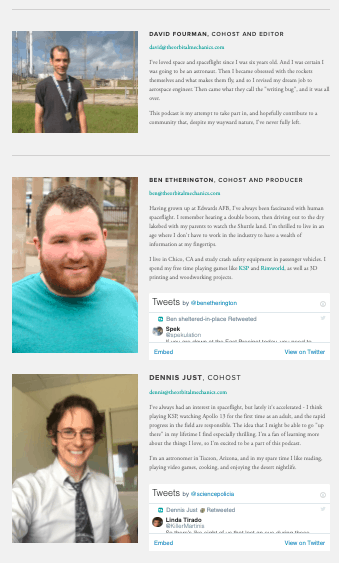
I listened to this week’s episode on https://theorbitalmechanics.com/ and learnt nothing about orbital mechanics or space. But did walk away with something much more profound. I have listed a few of the points from the episode below but take a listen yourself here.
It was by chance that I bumped into Ben Etherington, David Fourman, Dennis Just and Richard Durdan on the final day of IAC2019 in Washington DC in October last year. All five of us had dinner. A huge bowl of noodle ramen, a memorable first for me. They paid.
Afterwards, we walked back to the Air BnB place and chatted about space, podcasting and of course the IAC itself whilst Dennis started to pack for his early morning return flight. I was already a listener to their podcast before our meeting. I continued to listen and learn from an exquisitely well-produced weekly show.
This week’s episode was entitled Black Lives Matter and probably the most influential of the 263 episodes so far. David could not be present. The episode was a conversation between Ben and Dennis. Some of the points discussed include..
- Ben declares that he is “conflict-averse”. (Me too but you guys had the balls to put this episode together.)
- Call to action: Educate yourself. Not good enough to be non-racist. Actively be anti-racist
- We are being killed (this in a conversation between as they say – two white guys)
- Don’t let small things slip by. Speak out.
- Support black-owned businesses.
- Donate to Black Lives Matter organisations.
- It’s important to be political.
- Demilitarise the police. (Three weird, surprising, poignant and shocking words for those of us not in the US.
- Address root causes of crime rather than attacking people who have been victims of those crimes.
- History of state terrorism against the black community.
- This is systemic, historical and going on for a long time because we are good at hiding this from ourselves.
- This injustice won’t end this year or next year. It is fashionable to talk about this subject now but we need not to stop talking when it does.
Ben referred to a comment that he should keep away from this subject because otherwise “You are going to drive away your audience”. I think you may increase your audience. Even if you do not – this episode demonstrates something more important – the value of doing the right thing. It did not happen in the past. We were not there then but are here now. It’s up to us.
Cybersecurity, History of Britain in Space and Yuri Gagarin’s 1961 visit to London and Manchester – Zoom Sessions. Free
Starting on Monday 18th May 2020, I will be running three live sessions using Zoom for the Workers’ Educational Association. They are all free, introductory and have no prerequisites. They are organised by the WEA so applicants have to be based in the UK and at least 19 years old. To join/enrol see links and a brief description below.
11:15 -13:15 Monday 18th May 2020. Basic cybersecurity. C3844330 Staying Safe Online

- Understand basic concepts of being secure online including Social Engineering, Phishing and multi-factor authentication.
- Recognise the importance of basic security controls including automatic software updates, antivirus solution and good password management.
- Become familiar with and make use of authoritative online sources for cybersecurity information and tools
11:15 -13:15 Wednesday 20th May. The story of Britain’s space programme. C3844331 Britain in Space
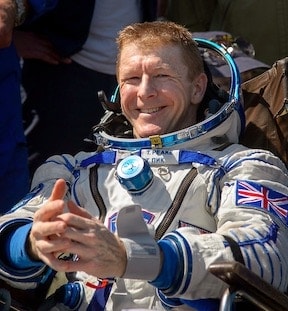
- Early rocketry Societies in England
- Development of British Ballistic Missile & Nuclear Tests in Australia
- Launch Satellite of Black Arrow & satellite Prospero from Woomera
- British Astronauts Helen Sharman & Tim Peake
- UK Spaceports
- Virgin Galactic & Orbit
- SSTL and Skylon
11:15 -13:15 Friday 22nd May 2020. Yuri Gagarin in London and Manchester. C3844333 The Day the cosmonaut came to Manchester
This presentation is based on my 2011 book – Yuri Gagarin in London and Manchester. It will cover
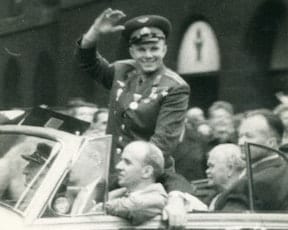
- Gagarin’s achievement?
- What was he like as an individual?
- Why he came to Britain?
- Where in London and Manchester he went and who he met?
- Legacy of his visit?
India’s Forgotten Rocket Rocket Pioneer
New Book – Now available
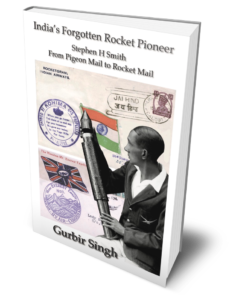
If you are in the UK or Europe, you may be interested in signed copies direct from the author. Time-limited offer – 33% discount code of YYFEP4DR at checkout here. This code will not work on the links below.
The book is available globally via Amazon (ebook if you have a Kindle as well paperback).
Ebooks for other platforms are also available (Apple, Nook Barnes & Noble etc).
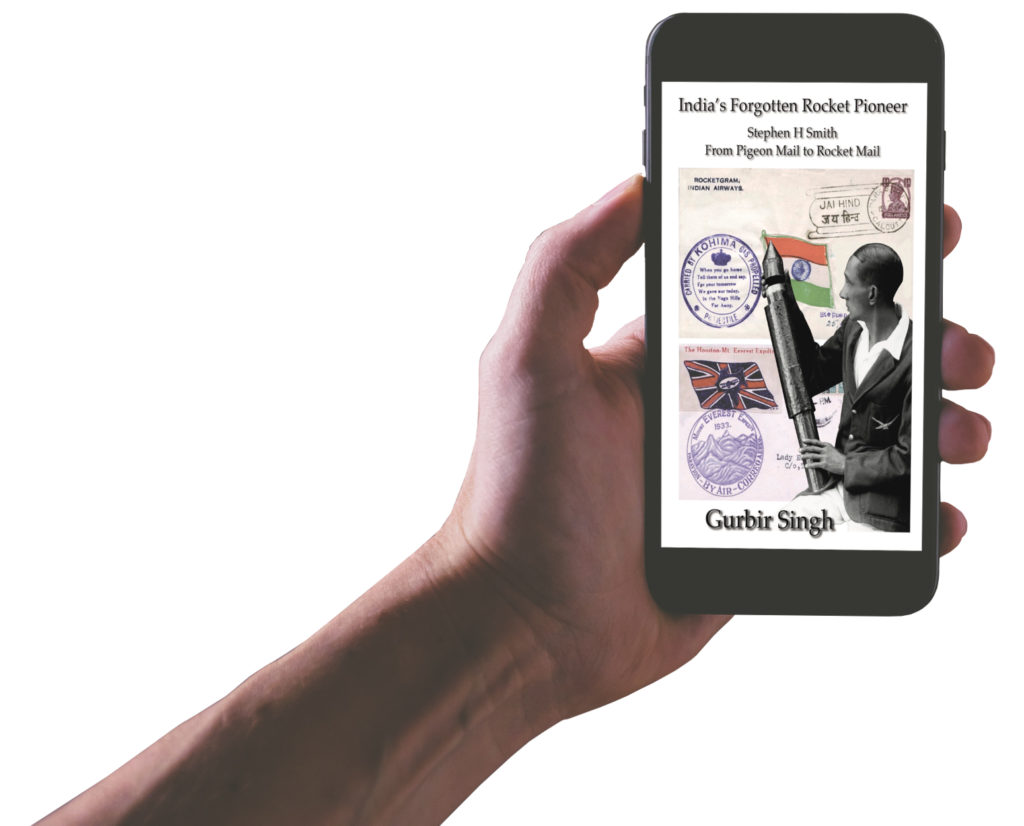
If you are based in India, please use www.pothi.com
ebooks here
paperback here
hardback here.